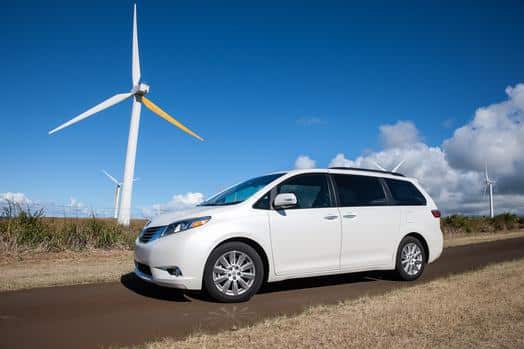What is PMPG and How Does It Work?
How an SUV might be more efficient than a subcompact
When we think of vehicles and their efficiency, it is usually in terms of miles per gallon (MPG). Of course, with electric cars, we refer to it as MPGe, but it is still built on the same foundational principle: that fuel rating applies no matter how many people you carry in your car. Sure, when you add more bodies, efficiency does decline a little because of the weight, but we still refer to a vehicle’s efficiency using the EPA ratings.
But should we?
That’s where PMPG comes in. PMPG stands for passenger miles per gallon and is a unique concept that accounts for the efficiency of a vehicle and the number of people going on a trip.
How Is PMPG Measured?
Your vehicle has what we will call its “Potential PMPG” and its “Actual PMPG.” The Potential PMPG assumes your car has all of its certified seats filled on a given trip. The Actual PMPG calculation uses the actual number of occupants in the vehicle.
To determine a vehicle’s PMPG, take the amount of seats occupied and multiply it by its EPA rating. For example, let’s examine the 2015 Subaru Impreza and the 2015 Toyota Sienna. The former earns 37 miles per gallon on the highway while the Sienna nets 25. In terms of regular MPG, the Impreza is the clear winner. However, assume you have to drive seven people. If you drive a Subaru Impreza, you can only fit five people into one car and you would need a second car (assume another Impreza) to drive the sixth and seventh.
Because that first Impreza gets 37 miles per gallon on the highway and can move five people, we multiply 37 x 5 for 185 PMPG. Meanwhile, the Toyota Sienna, which gets 25 miles per gallon on the highway but seats seven, uses the equation 25 x 7 = 175 PMPG. What this means is, if you are going to be driving seven people, it is actually more efficient to drive the Toyota Sienna than it is the Subaru Impreza and a second car (another Impreza or perhaps even an economy car, like the Honda Fit).
Of course, it is unlikely that a vehicle will always be filled to capacity. Sometimes, the Sienna’s Actual PMPG might be higher or lower than the Impreza’s. There are times when a Ford Explorer might be more efficient than a Chevy Cruze and times when a Subaru XV Crosstrek might be more efficient than a Toyota Prius.
What this number really makes you do is examine your driving situation before leaving. If you are taking a vacation with X amount of people, does it make more sense to take your sedan or your SUV, your minivan or your subcompact, your hybrid or your diesel? Consider this before your next drive if you have more than one traveling option. Doing so will make you a better steward to the earth.

The News Wheel is a digital auto magazine providing readers with a fresh perspective on the latest car news. We’re located in the heart of America (Dayton, Ohio) and our goal is to deliver an entertaining and informative perspective on what’s trending in the automotive world. See more articles from The News Wheel.




